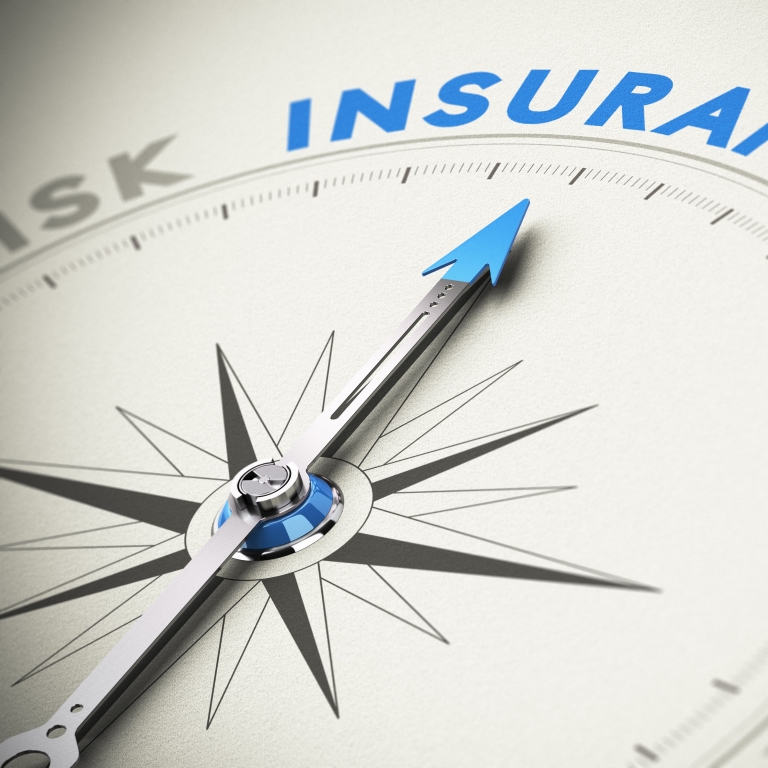1. Wildfire risk is unique and changing in real time
Wildfires have become one of the most urgent and complex risks facing communities, infrastructure, and ecosystems in the US and Canada — especially in wildland-urban interface (WUI) zones, where natural landscapes meet densely developed areas.
Unlike other natural hazards like windstorms or flooding, wildfire risk is deeply intertwined with human behavior and community practices. The presence of combustible materials like shrubs, mulch, or dry vegetation near homes, or building materials like roofing and siding that are not fire-resistant, can dramatically increase risks.
Speakers reiterated that what your neighbor chooses to plant or maintain in their yard can directly impact your own property’s vulnerability to wildfire. This human factor means wildfire risk is not just about geography or weather conditions — it’s also about public mindset and community engagement.
2. Resilience begins at the asset-level, but must extend to the broader system
Asset-level considerations, including people, operations, physical property, and emergency response, should be key priorities in any organization’s climate adaptation framework. But the wider systems that these assets operate within — including critical infrastructure, governments and regulators, capital providers, communities, ecosystem services, and suppliers — need equal attention.
For instance, a single home built with fire-resistant materials and surrounded by defensible space is less likely to ignite, but if the community’s power grid or water supply is still vulnerable, the overall risk remains high.
Relatedly, a recurring theme across the sessions was that changing mindsets is a significant hurdle. Many people value aesthetic landscaping choices like dense shrubs or wooden decks that increase fire risk, while building codes and zoning regulations may not always prioritize resilience.
Therefore, efforts must include education, incentives, and policies that encourage fire-smart decisions at every level, from individual homeowners through to municipal planners and state governments. This system-level approach helps maintain that resilience is not fragmented but integrated.
3. Small, consistent actions can have significant impacts
One of the most encouraging insights across sessions was the power of small, consistent actions. Simple measures such as clearing dry leaves, trimming tree branches, removing combustible materials near structures, and maintaining firebreaks can dramatically improve a community’s overall risk profile.
Consider the impact of a weekend’s worth of yard work across a neighborhood. If many homeowners take these small steps, the collective effect can limit the spread of wildfire and may reduce potential losses. At the system level, helpful actions may include hardening electrical infrastructure by replacing power lines with covered conductors, installing non-expulsion or fault energy-limiting fuses to prevent sparks, and putting power lines underground where feasible.
Speakers also underscored the importance of incorporating the most extreme potential scenarios into risk mitigation strategies, as these situations often account for the majority of losses related to wildfires. For instance, wildfire in the hills of California can rapidly spread into a community within a matter of minutes, propelled by extreme winds. Despite California’s advanced wildfire response capabilities, the acceleration of such fires can result in significant damage.
4. Public-private sector collaboration is the capital difference
While individual and community efforts are crucial, they alone cannot achieve the scale of long-term wildfire resilience required. Accelerating progress demands collaboration among public agencies, private capital providers, insurers, technology companies, and other stakeholders. This multi-sector collaboration can unlock funding and innovation to build more resilient communities and infrastructure.
One example shared during Climate Week was the development of advanced smoke damage technology. Smoke damage from wildfires often results in significant property loss and costly insurance claims, complicating recovery efforts. New technology is helping to remove lingering odors caused by smoke damage and in turn, potentially reducing the severity of such claims.
Speakers consistently reinforced that when everyone in the ecosystem understands the value of resilience measures, there is a ripple positive effect: from homeowners who can gain greater protection and faster recovery, to companies developing innovative solutions that can reduce risk, to insurers who can more accurately price risk and develop more tailored solutions, and to capital providers empowered to invest confidently in resilience-building initiatives.
Governing bodies on a community, state, or federal level can contribute regulatory support, data, and coordination, while the private sector can provide capital, risk management expertise, or cutting-edge technologies. Together, they can set the stage for creative financing mechanisms — such as resilience bonds, insurance-linked securities, and public-private investment funds — that align incentives and foster risk reduction through resilience implementation.
5. A high volume of data creates challenges and opportunities
Speakers expressed optimism about how advancements in catastrophe risk management are transforming hazard modeling, vulnerability assessment, and exposure analysis through increasingly sophisticated data integration.
While these improvements offer unprecedented insights, they also present significant challenges, particularly in managing the scale and complexity of data within traditional risk frameworks. For example, in the wildfire domain, AI-driven companies now leverage satellite imagery to provide detailed information about structures, their characteristics, and surrounding environments.
This enables a more dynamic and accurate risk perspective: for instance, the wildfire risk outlook for 2026 in areas recently impacted by events in Altadena and the Palisades must reflect not only the extensive vegetation loss but also the fact that many structures have been rebuilt to higher standards. Consequently, the 2026 risk profile will differ markedly from that of 2025. Incorporating high-resolution temporal and spatial data can enhance risk accuracy but requires more seamless data sharing and more frequent model updates. While these finer spatial and temporal scales are critical, the ongoing challenge lies in discerning which data to prioritize as the volume of available information continues to grow.
6. The insurance industry is not just well-positioned, but integral to the solution
Sessions highlighted the vast knowledge, expertise, and data and analytics resources the insurance industry possesses — and the powerful impact when this information is shared strategically.
As mentioned earlier, while wildfire models often do incorporate the best available data, it is important to recognize that these models are continually evolving and don’t always represent all resilience measures in place. Expertise remains essential to fully interpret the insights these models provide, but they are still helpful tools.
Leaders also emphasized the value of complementing traditional insurance with alternative risk transfer solutions, such as parametric insurance, to better address wildfire risks. Parametric solutions are particularly well-suited to first-party wildfire impacts, like business interruption expense or suppression costs, because they may allow for rapid payouts based on predefined triggers like fire intensity or area affected, designed to enable quicker recovery compared to traditional insurance that relies on lengthy claims assessments. This complements traditional insurance by potentially offering more immediate financial support in wildfire events.
By leveraging data, models, and innovative risk transfer mechanisms, the insurance industry can play a pivotal role in identifying high-risk areas and deploying targeted strategies to mitigate potential losses.
Looking ahead to COP30
As wildfire risks continue to evolve, so too must our approaches — embracing innovation, adaptive strategies, and cross-sector engagement. The dialogue sparked during this year’s Climate Week sets an excellent foundation for ongoing collaboration and action, with many critical conversations expected to continue at COP30.

